The Papayo variety: Why you might see this coffee at competitions
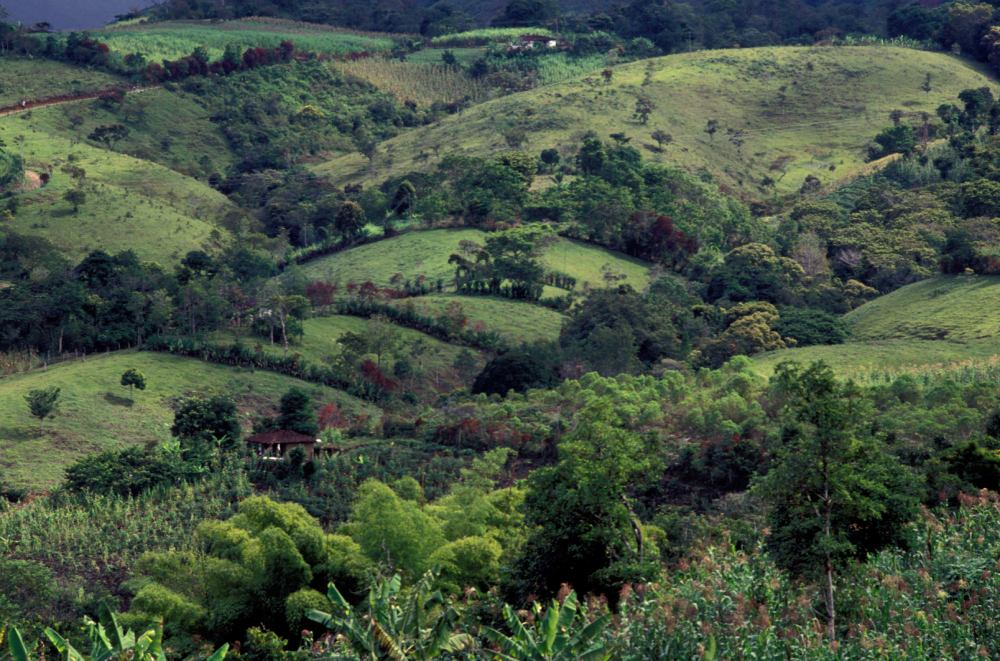
Although it’s still a niche market, interest in rare and exclusive varieties has certainly been growing in recent years. In some cases, it’s the mystery around the origins of these coffees that generates the most interest – including Papayo.
A relatively unknown arabica variety grown in Huila, Colombia, Papayo received its name from its coffee cherries which resemble the papaya fruit. There has been, however, some confusion about where Papayo comes from – which can create its own set of issues.
Similar to other “up and coming” varieties like Pink Bourbon and Ombligon, it wouldn’t be surprising to see Papayo on more competition stages in the coming years, but it’s clear we need to know more about this coffee for more market opportunities to appear.
I spoke to Sam Klein, green coffee buyer at Partners Coffee, Juan Andres Gutierrez, specialty supply chain coordinator at Sucafina, and Yonatan Gonzalez, CEO of Cuatro Vientos, to find out more.
You may also like our article on why the Ombligon variety could become more popular.
Where does Papayo coffee come from?
Like many other “rediscovered” arabica varieties that are popping at competitions and in high-end coffee shops, the exact origins of Papayo are largely unknown.
The variety mostly grows in Huila, Colombia – a prominent producing region in the southwest – but also in other parts of the country, such as Tolima and Quindio.
Sam Klein is a green coffee buyer at Partners Coffee – a roaster in Brooklyn, New York which has experience sourcing and roasting Papayo. He says that understanding the main region where the variety grows is key to learning more about it.
“There seems to be an unusually high number of varieties in Huila which have ‘mysterious’ origins and unique flavour profiles,” he explains. “There are claims these coffees are genetically similar to Ethiopian landrace varieties.”
And there could be a relatively straightforward explanation for this.
Juan Andres Gutierrez is the specialty supply chain coordinator at Sucafina in Colombia – an international green coffee trader. He tells me there was a rumoured coffee research farm near the town of Acevedo, Huila, that was breeding and cultivating a range of varieties from around the world.
“The project was supposedly abandoned, but the plants stayed behind,” he adds. “Since then, more and more unique varieties have been popping up around Huila.”
Papayo & Ombligon: Are they the same?
It was at the 2023 World Barista Championship when we saw Australian competitor Jack Simpson use Ombligon – another “rare” arabica variety grown in Huila.
Since then, interest in this coffee has grown. Its name translates from Spanish to English as “belly button” as a result of the unique shape of the seeds (or beans). Its flavour profile tends to be incredibly complex, too.
But what’s even more interesting is that some people claim Ombligon and Papayo could be the same variety. This argument is made for a number of reasons, including that they are both specific to Huila, are similar in appearance, and are speculated to have close genetic makeup to Ethiopian varieties.
According to World Coffee Research, however, this claim is unlikely to be true:
“World Coffee Research does not have evidence to verify that Papayo and Ombligon are the same variety. We have seen many conjectures over the years about niche varieties, but the only way to verify these stories is to genetically test multiple samples. For example, if test results showed that one plant that was supposedly Gesha actually turned out to be Bourbon then that would not be sufficient evidence to say all Gesha is Bourbon. It’s possible for trees to simply be misidentified or mislabelled.”
Ultimately, this means much more field research is needed to scientifically verify the genetic “fingerprint” – and thereby exact origins – of Papayo, but coffee professionals and enthusiasts alike are sure to keep speculating.
“The most compelling suggestion I’ve heard is that Papayo and Ombligon are similar mutations of Pink Bourbon – or of varieties from the same ‘mysterious’ origins as Pink Bourbon,” Sam notes.
How do producers grow and process Papayo?
Given its rather unusual shape, producers who grow Papayo must treat it differently to other arabica varieties.
Yonatan Gonzalez is the CEO of Cuatro Vientos, a Colombian and US-based green coffee sourcing and exporting company which works with multiple producers who grow Papayo.
Miller Bustos – owner of Finca El Mirador in Huila – is one of these farmers. He has been growing coffee for over 20 years, and says he first learned about the variety when another farmer started to plant it and claimed it had excellent cup quality.
“The beans are dense and large,” Juan says. “The cherry tends to be pointy and oval-shaped – almost resembling a papaya, hence the name.
“It also produces high yields, and the plants which grow between 1,400 and 2,000 masl usually receive higher cup scores, and are then sold as microlots,” he continues.
When it comes to processing Papayo, a wide range of methods can result in desirable flavour profiles – although Sam tells me he has cupped mostly washed Papayo.
“While I personally prefer washed coffees, I think this processing method is a useful default for lesser-known varieties,” he says. “But I’m aware of people producing natural and honey processed Papayo, and even some anoxic fermented lots.”
What does it taste like?
Similar to its papaya-like shape, Papayo tends to have complex fruity and tropical tasting notes.
“So far, I’ve only had the opportunity to taste a handful of Papayo lots, but each one had an intense sweetness and a silky mouthfeel,” Sam says. “There are fruity notes of mango, pineapple, papaya, and stone fruits, like plum, cherry, and peach.
“I’ve also experienced some really lovely spice and black tea notes,” he adds.
Yonatan agrees, saying: “There are yellow fruits, mango, tropical, and banana flavours, and it has a very juicy body and citric acidity.”
Juan, meanwhile, says the Sucafina team have also picked up on other tasting notes.
“We’ve recorded more fudgy and chocolate flavours, and very intense dulce de leche and caramel notes in the washed profile,” he explains. “When done right, natural processed Papayo still has caramel flavours, but with an added fruitiness – almost cherry-like.”
Roasting Papayo
If roasters want to sell more unique and exotic varieties such as Papayo, they often optimise roast profiles to best highlight the more desirable and stand out characteristics.
One key factor to consider is the bigger bean size, which generally means you need to roast the coffee for longer to fully develop the sugars, and therefore flavours.
“Because the beans are so large, it’s better to prolong the development stage of the roast process,” Juan suggests.
Sam says while he has limited experience roasting this variety, he has noticed common traits among different Papayo lots.
“It’s relatively easy to manipulate,” he explains. “I haven’t been too adventurous with end temperatures or development times, but I’ve found that this variety can tolerate different approaches well, while still showcasing all the attributes you’re looking for.”
A new competition coffee?
With its complex flavour profile, high yields, and adaptability to different processing methods, the potential for Papayo to perform well at competitions looks promising.
In fact, Miller says the variety placed first at a local competition held a few years ago in Huila. Similarly, Yonatan tells me that some of his friends found success using a natural anaerobically fermented Papayo in other competitions.
For now, as this variety is mostly grown in and around the town of Acevedo in Huila, it’s clear that production needs to scale if we’re to see more of this coffee in cafés and roasteries. So naturally, the more the industry overall can learn about Papayo, the more likely it is that yields and quality will increase.
With its catchy name and complex and desirable flavour profile, Papayo could well become a new darling of specialty coffee.
Over the coming years, expect to see more World Barista Championship competitors showcasing this variety on the global stage. And in time, we may also start to see more roasters offering Papayo on their menus.
Enjoyed this? Then read our article on whether Pink Bourbon is the new darling of specialty coffee.
Photo credits: Miller Bustos, Ruben Correa, Specialty Coffee Association
Perfect Daily Grind
Want to read more articles like this? Sign up for our newsletter!
The post The Papayo variety: Why you might see this coffee at competitions appeared first on Perfect Daily Grind.
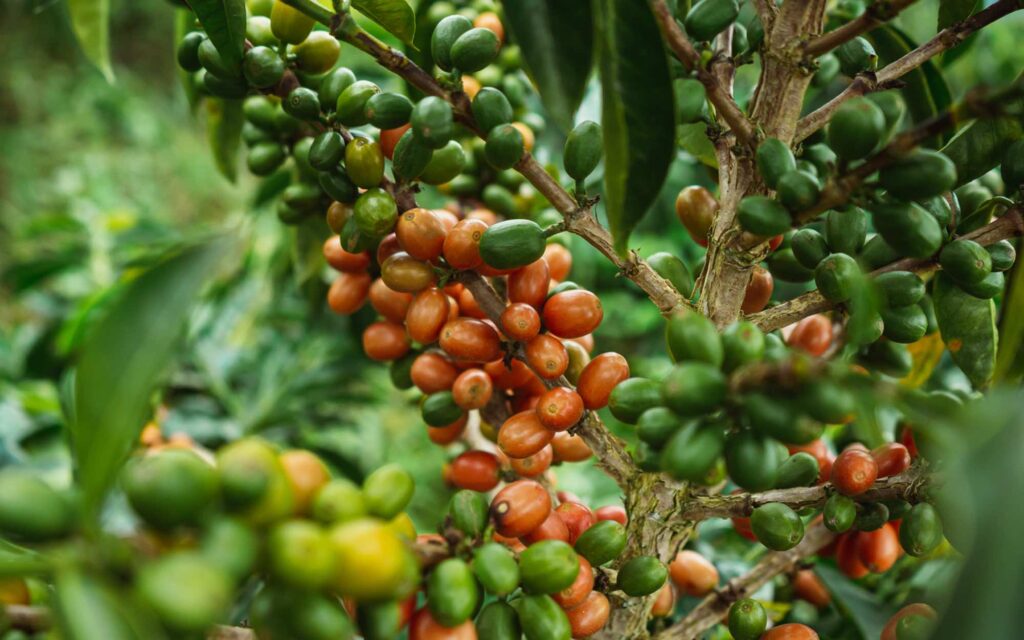
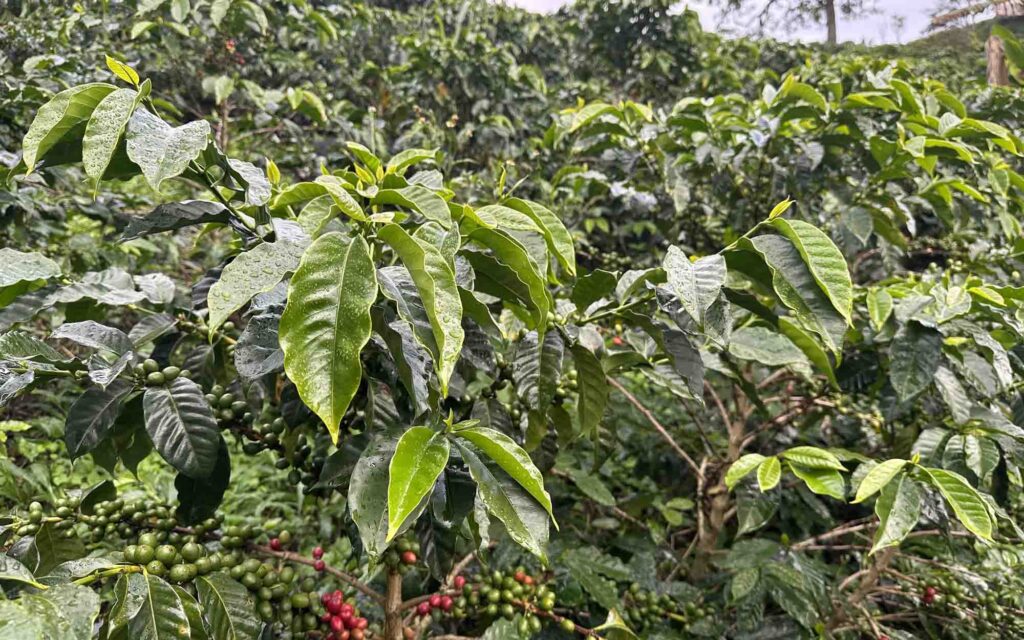
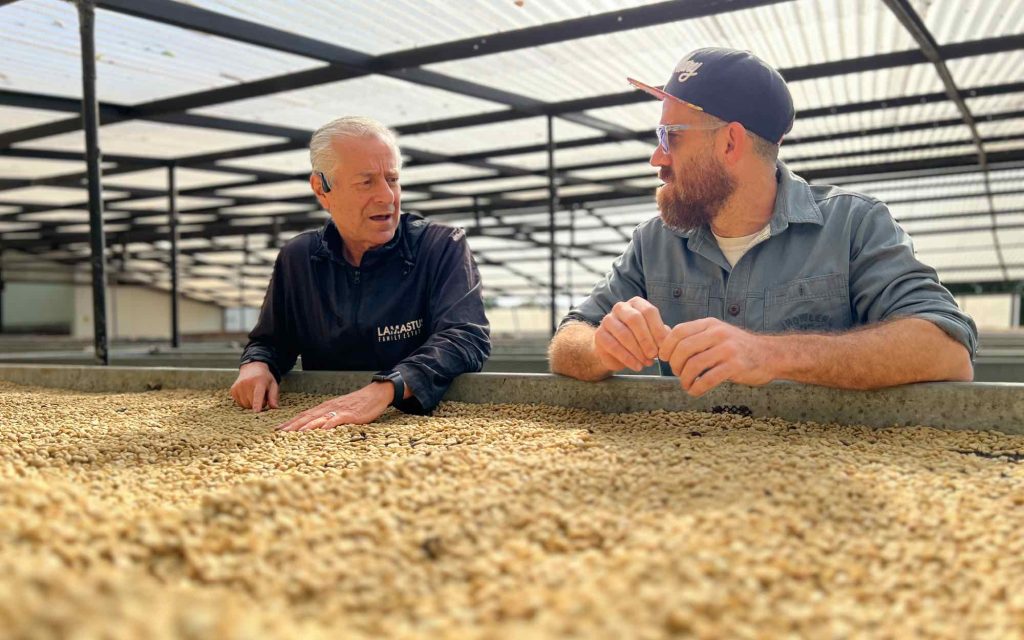
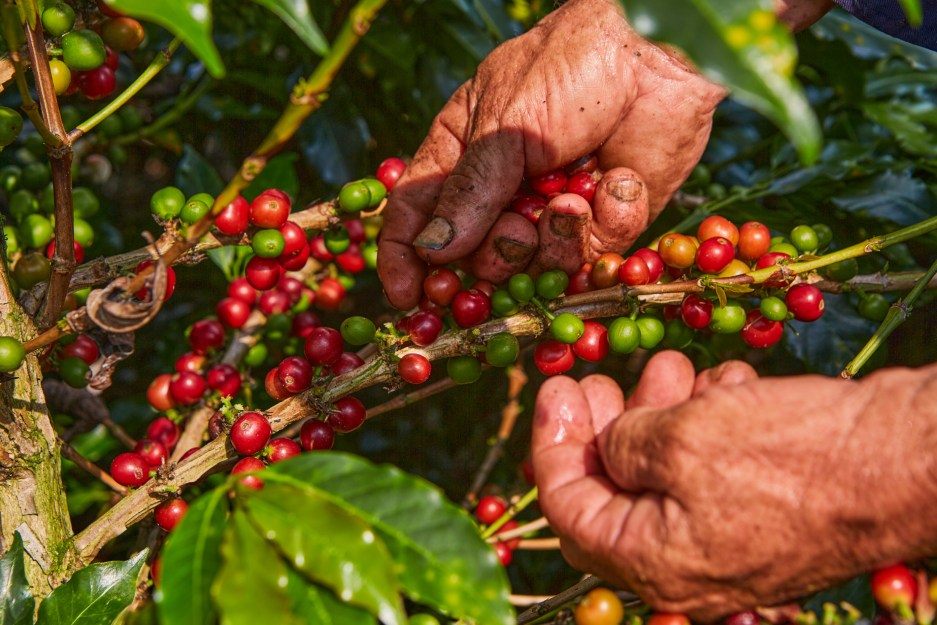
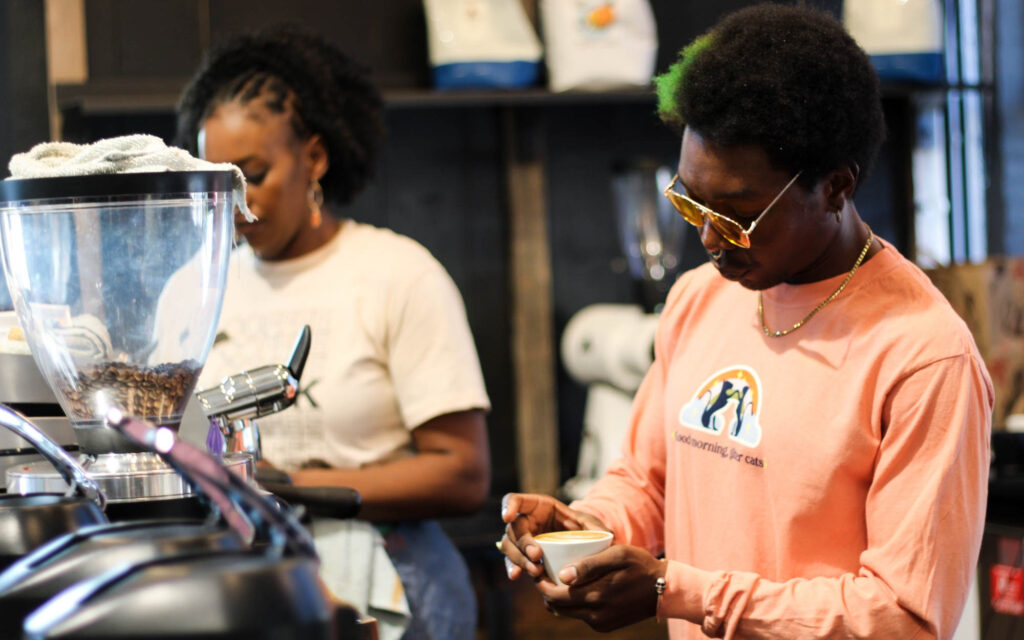
Responses